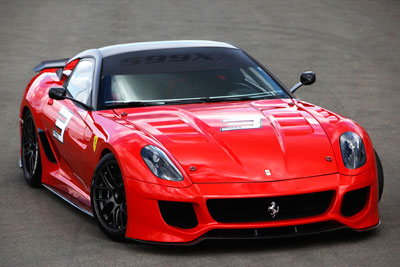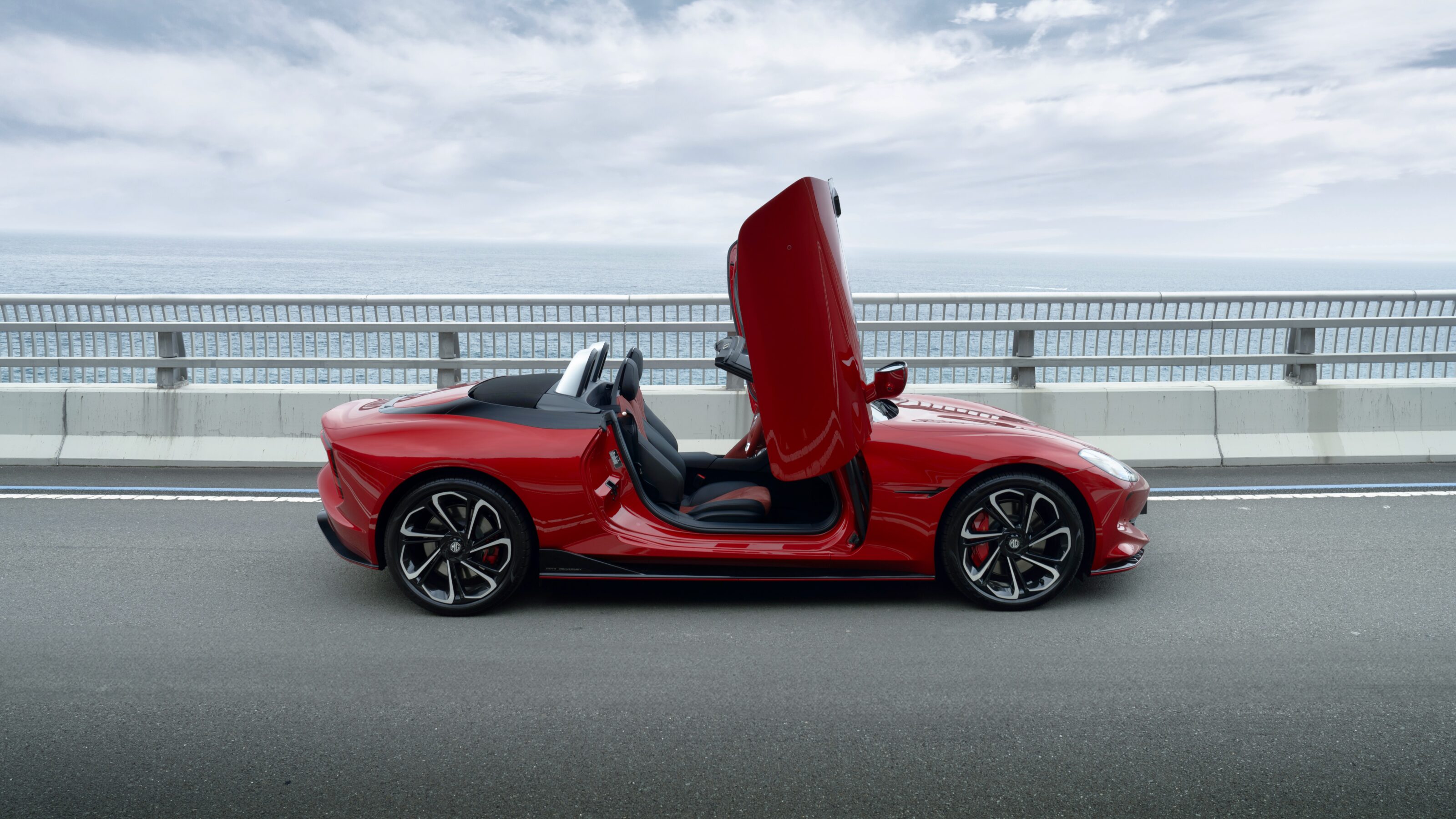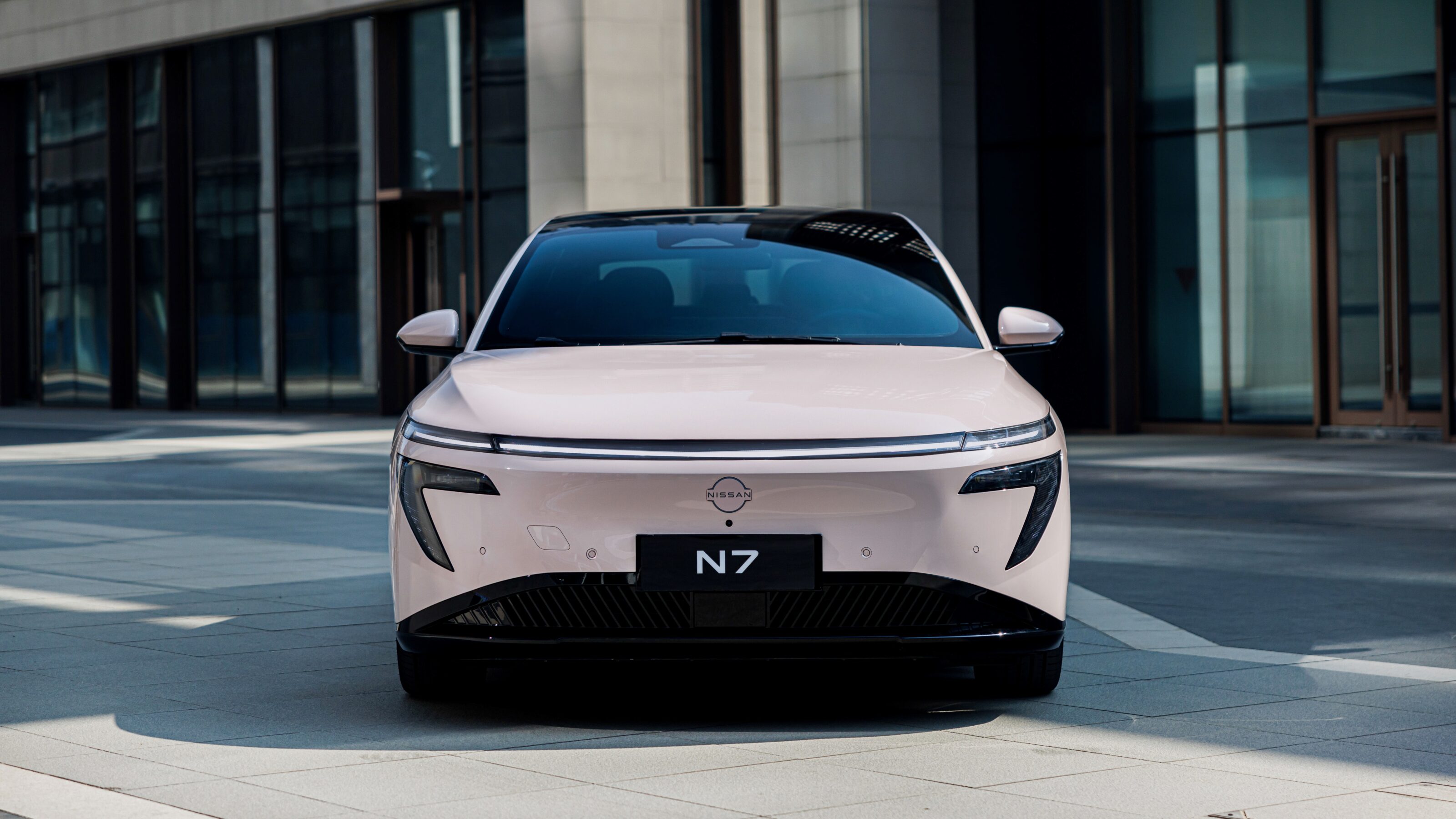Hats off to Ferrari. Few if any other brands in the world could convince assorted and presumably sane millionaires to effectively drop hundreds of thousands of dollars on a car that they never take delivery of, and then put said owners to work as test drivers of development mules. As the Guinness ad says, it’s “sheer genius”.
We’re talking about the Ferrari 599XX, the extreme track car that is helping the supercar manufacturer develop new technology for future roadgoing supercars.Ferrari says a limited number of 599XXs will be available for sale to the Prancing Horse’s most valued customers, but here’s the rub…Ferrari will prepare and run the cars on behalf of their owners, who will be able to occasionally drive them at special events at Ferrari’s own Fiorano test track and at leading race circuits in Europe and the USA.Data gathered from these track days will be used to further enhance and develop technology for future frontline Ferrari models.So these punters are unpaid test drivers contributing to the development of coming models for which these same customers will pay a poultice.First shown at this year’s Geneva Auto Salon, the 599XX is certainly a bastion of stunning engineering.The technology includes reducing internal friction in the engine, faster gearbox operation, aerodynamics that automatically adjust depending on whether the car is cornering or going in a straight line, as well being speed dependent, and a new high speed adjustable chassis.Based on the front-engined 599 GTB Fiorano with the same transaxle layout and engine type, the 599XX prototype is an extreme track car.Ferrari’s engineers have carried out extensive work on the engine’s combustion chambers and inlet and exhaust tracts. These modifications, combined with the fact that internal friction has been reduced and the maximum revs have been boosted to 9,000rpm, helped achieve the target power output of 515kW – or 700 horsepower in the old language. Engine weight saving was achieved by adopting exclusive materials, as in the carbon-fibre used for the intake plenums. A new gearbox shift strategy cuts overall gearchange times to 60ms.The chassis of the 599XX gets a flash electronic model called the “High Performance Dynamic Concept” optimising the car’s mechanical limits with electronic controls. Handling has been improved thanks to the adoption of second generation SCM suspension system. Track usage is also made easier thanks to the new “virtual car engineer”, a screen in the car that provides a real-time indication of the vehicle’s track performance.The 599XX’s aerodynamics have been honed over the regular 599 by numerous wind tunnel test sessions. The front underside of the body is completely faired-in and the vents that channel hot air from the engine bay have been moved to the bonnet.There is also tricky stuff like the “ActiflowT” system which increases downforce and/or cuts drag depending on the car’s trim cornering conditions, via the use of a porous material in the diffuser and two fans in the boot which channel the air flow from under the car out through two grilles next to the tail-lights. Winglets have been added to the rear buttresses to increase downforce. Synthetic jets have also been incorporated into the rear of the car to control and smooth the air flow and to reduce drag.Ferrari’s engineers have also used F1-derived metal “doughnuts” which partly cover the brake discs and wheel rim. These have the dual function of improving both aerodynamics and brake cooling.Composites and carbon-fibre have been widely used in the bodywork and the engineers drew on their experience in working with aluminium to reach the weight target. The brake pads are now made from carbon-fibre which means that the calipers (also carbon fibre) are smaller whilst guaranteeing the same efficiency. The new racing carbon ceramic braking system also delivers shorter braking distances and is generally more efficient due to the weight saving.The 599XX comes with slick tyres (29/67 R19 up front and 31/71 R19 at the rear) specifically developed to maximize stability in cornering and increase lateral acceleration. They are fitted to 19 x 11J wheel rims at the front and 19 x 12J at the rear.





